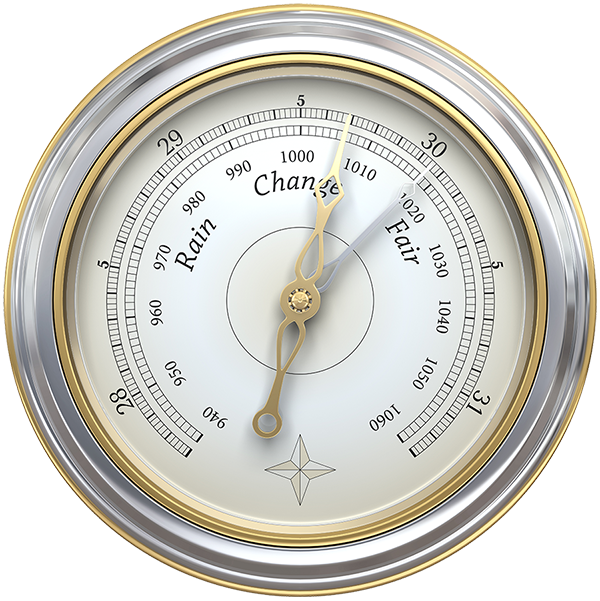What's New
Weather Stations Update
Originally deployed in 2012, thanks to funding from the West Coast Inland Navigation District (WCIND) through a grant from Lee County, the RECON weather stations became the first weather stations in this area located directly over the water. Designed to give researchers and boaters near real-time information on the current over water weather conditions, they quickly became the go to weather source for the local boating community. ...
Read moreThe River, Estuary and Coastal Observing Network (RECON) is a network of water quality sensors deployed throughout the Caloosahatchee river and estuary to provide real-time, water quality data to scientists, policy makers, and the general public.
The extensive watersheds of the Caloosahatchee (1,400 square miles) and Lake Okeechobee (4,400 square miles) each contribute water that flows into the Caloosahatchee estuary and the Gulf of Mexico. Water quality is affected by both Lake Okeechobee discharges and runoff from the Caloosahatchee watershed. Over time, these watersheds have changed from low-nutrient loading marshes and wetlands to high loading urban and agricultural land uses. Nutrients increase turbidity and decrease concentrations of dissolved oxygen (DO). In addition, excess nutrients fuel nuisance algal blooms. Losses of low-nutrient adapted communities, such as seagrasses have contributed to changes in fish, crustacean and marine mammal communities.




 Barometric pressure, or atmospheric pressure is the pressure exerted by the weight of the air in the earths atmosphere. At sea level the atmosphere exerts 14.7 pound per square inch (PSI) of force. Barometric pressures is measured with a Barometer and reported here in inches of mercury and millibars (29.92 and 1,013.25 respectively for average sea level). This force is not perceive by humans since our bodies are are full of of air, which exerts and equal outward force, and made of non compressible substances like water. There are times when you may perceive changes in barometer pressures, such as during takeoff or landing on an airplane. The air pressure in an airplane becomes less that sea level as its altitude increases (around 11 PSI) so as the air in your body adjust to equal the pressure of the surrounding air your ears may pop. This can also be experienced when driving up or down a mountain road or in a fast elevator.
Barometric pressure, or atmospheric pressure is the pressure exerted by the weight of the air in the earths atmosphere. At sea level the atmosphere exerts 14.7 pound per square inch (PSI) of force. Barometric pressures is measured with a Barometer and reported here in inches of mercury and millibars (29.92 and 1,013.25 respectively for average sea level). This force is not perceive by humans since our bodies are are full of of air, which exerts and equal outward force, and made of non compressible substances like water. There are times when you may perceive changes in barometer pressures, such as during takeoff or landing on an airplane. The air pressure in an airplane becomes less that sea level as its altitude increases (around 11 PSI) so as the air in your body adjust to equal the pressure of the surrounding air your ears may pop. This can also be experienced when driving up or down a mountain road or in a fast elevator.